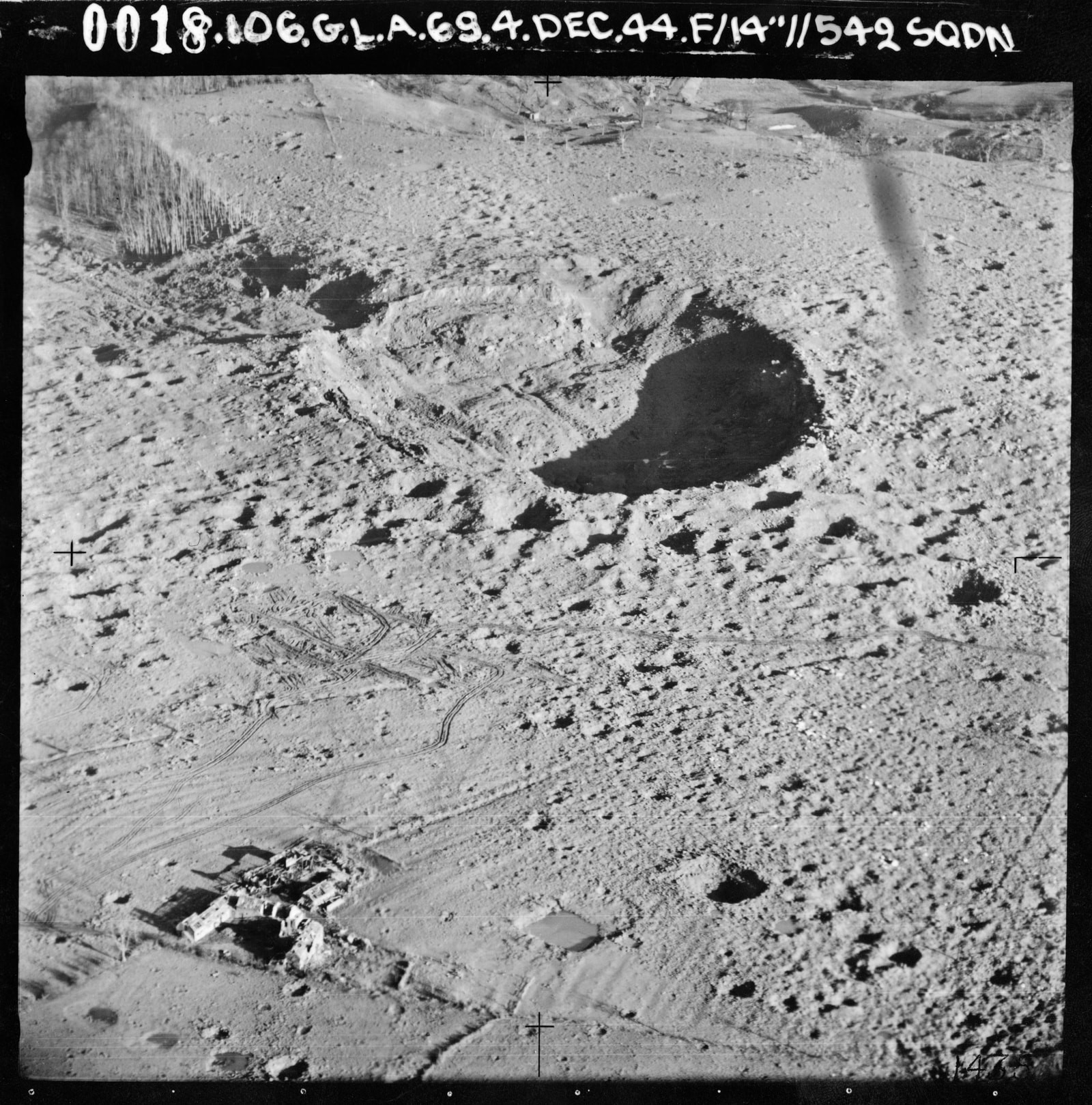 |
| Main Menu - click above |
This fascinating film clip is the Graf Zeppelin plunging through a rain of liquid titanium tetrachloride. It was taken as the huge airship flew over New York in 1929, after circumnavigating the World.
The small plane has laid down a smoke curtain, by pumping liquid titanium tetrachloride out the back. The liquid, called tickle after its formula TiCl4, fumes dramatically when in contact with humid air. What looks like the shadow of the zep, underneath on the smoke curtain, is actually a gap in the curtain. The downpour of noxious liquid, which would have completed the smoke screen at that position, now coats the Graf Zeppelin.
The skin of the airship was a cotton-canvas covering, doped to keep it taut and waterproof. The dope used was a solution of cellulose acetate butyrate to which aluminum powder had been added. This thin covering provided aerodynamics to the huge hydrogen gas-bags within, which provided lift. The gas-bags were made from goldbeater's skins, here described by Mark Steadman -
"Goldbeaters skin is made from part of a cows intestine, the outer layer of the caecum to be precise, which is also called blind gut or even the appendix. The outer layers of the blind-gut are carefully stripped off into sheets of around 60 cm in length by 25 cm in width. They are then cleaned of fat by dipping the gut in a mild alkaline solution (potassium hydroxide) and scraped with a blunt knife. The cleaned gut is then stretched over a frame. One quite remarkably quality of this material is that separate sheets can be joined or welded when wet by carefully rubbing the overlap of the two sheets. Several layers can be made this way as well, for example, airship gasbags usually consisted of up to seven layers of skin.
The living tissues in the sheets grew together making a seamless and Hydrogen proof join. As well as being impermeable to Hydrogen it was also light and very strong, making it the perfect gasbag material! However it was very labour intensive and time consuming to produce."
courtesy of MuseumsPosten, Post & Tele Museum
The Graf Zeppelin contained 2,600,000 cu ft of hydrogen gas (contained in the guts of around half a million cows), and 1,100,000 cu ft of Blaugas (50% olefins (alkenes), 37% methane and other alkanes, 6% hydrogen, 7% air). One would have thought that a huge volume of extremely inflammable gas should be isolated from any possible cause of leakage, or source of ignition, to prevent a catastrophe.
I wonder if any risk assessment was done before this stunt took place, or indeed whether the pilot of the Zeppelin was even aware his airship was about to be soaked in tickle? The potential problem with having titanium tetrachloride soaking a state-of-the-art flying machine, constructed from organic materials and hydrogen gas, isn't just tickle's exothemic reaction with atmospheric water. Hydrochloric acid is the result of the reaction, together with the formation of titanium oxides and oxychlorides.
The Hindenburg in 1937 presumably hadn't had its cellulose acetate and cow gut affected by hot hydrochloric acid -
Titanium Tetrachloride TiCl4
Tickle is an unusual example of a metal halide that is highly volatile. It's formation, fuming and reactions are excellently shown in the following video -
 |
| Please help beat cancer - DONATE click above |
 |
A STEAMPUNK NOVEL, FULL OF
ANARCHIC EXPERIMENTAL SCIENCE
"Hodges emitted a scream the like of which
I hadn't heard since his scrotum was burned off
Unrelated to this post, below is an example of
eclectic science esoterica
 |
| Main Menu - click above |























.svg/635px-Liberia_in_Africa_(-mini_map_-rivers).svg.png)







